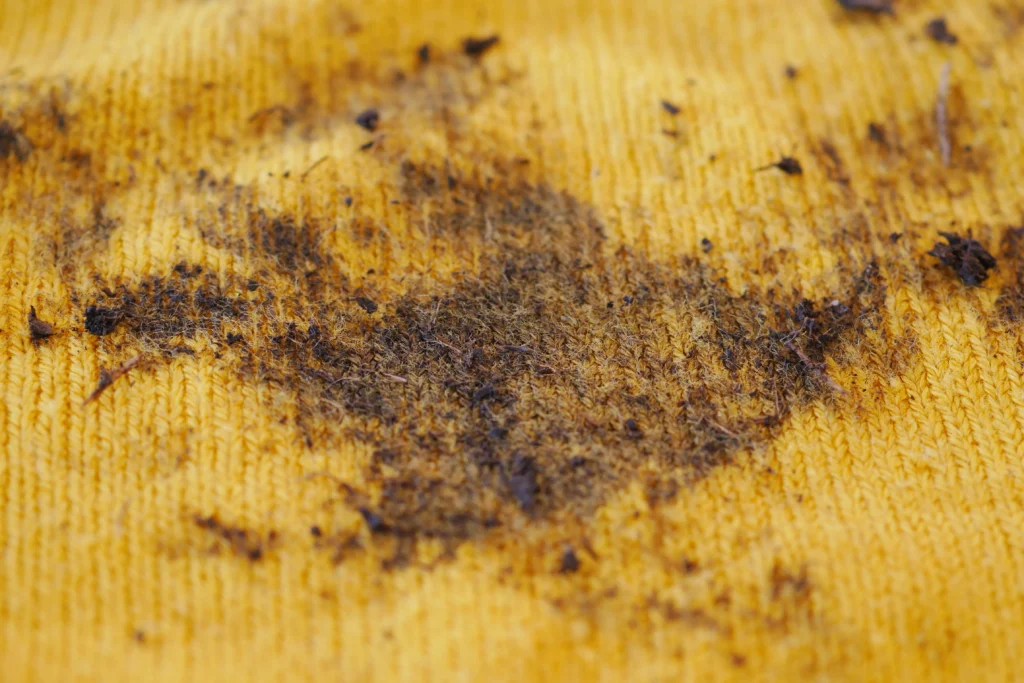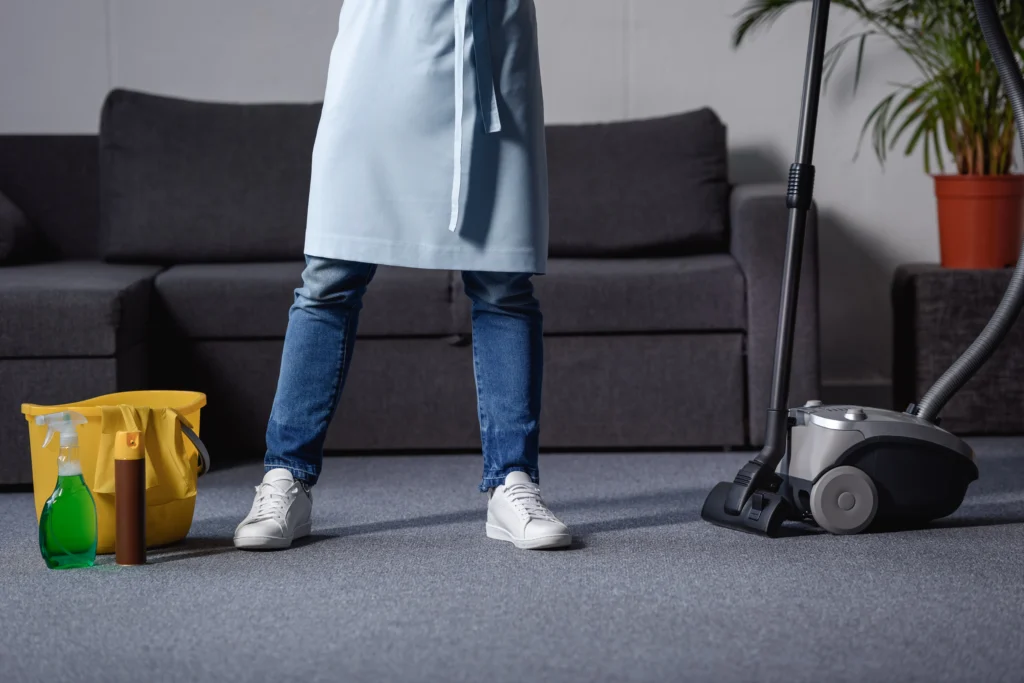Accidents happen, and dealing with vomit on a carpet can be an unpleasant but necessary task. Whether from a pet, a child, or an unexpected illness, vomit can leave behind stains and lingering odors if not cleaned properly. Quick action and the right cleaning techniques can ensure that carpets are restored to their original freshness without permanent damage.

Why Vomit Is Challenging to Clean
Vomit contains acidic stomach contents that can quickly soak into carpet fibers, making stains harder to remove the longer they sit. The strong odor can also penetrate deep into the carpet, making proper deodorization essential. Bacteria and germs present in vomit can pose a health risk if not properly disinfected. These factors make it critical to clean up vomit as soon as possible to prevent permanent stains and odors.
Immediate Steps to Take
When cleaning up fresh vomit, it is important to remove as much solid material as possible before applying any cleaning solution. Using a disposable paper towel or plastic scraper, gently lift the vomit from the carpet without pressing it further into the fibers. Wearing gloves can help protect against bacteria, and ensuring proper ventilation in the room will help reduce lingering smells during the cleaning process.

Cleaning Fresh Vomit Stains
Once the majority of the vomit has been removed, blotting the area with a clean, dry cloth absorbs excess moisture. A mixture of warm water and mild dish soap can be applied to break down any remaining residue. Gently dabbing the affected area helps lift the stain while avoiding excessive scrubbing, which can push the stain deeper into the carpet.
White vinegar is an effective natural cleaner that neutralizes odors and disinfects at the same time. Mixing equal parts vinegar and water and applying it to the stain can help eliminate bacteria and break down acidic residues. Sprinkling baking soda over the area afterward helps absorb excess moisture and further deodorizes the carpet before vacuuming it up.

Removing Dried Vomit Stains
If vomit has dried onto the carpet, it becomes more difficult to remove. Using a soft brush or a vacuum to loosen and lift dried particles before applying a cleaning solution helps prepare the area for deeper cleaning. A hydrogen peroxide and baking soda solution can help break down stubborn stains while neutralizing odors. Allowing the mixture to sit for several minutes before blotting with a damp cloth ensures that the stain is properly lifted.
Enzyme-based cleaners are another effective option for breaking down organic matter in vomit. These cleaners target proteins and bacteria, helping to remove stains and odors at a molecular level. Applying an enzyme cleaner and letting it sit for the recommended time before blotting helps ensure that no residue remains in the carpet fibers.

Preventing Lingering Odors
Even after the stain has been removed, odors can linger if not properly treated. Using a carpet deodorizer or a deep-cleaning method such as steam cleaning can help eliminate any remaining smells. For carpets that frequently endure accidents, scheduling professional carpet cleaning can provide a thorough and long-lasting solution.
Useful Resources
- Learn more about how to disinfect and clean carpets effectively from the EPA.
- Discover natural cleaning solutions for household messes recommended by Good Housekeeping.

Conclusion
Cleaning vomit from carpet requires quick action, the right cleaning solutions, and proper odor removal techniques. Using vinegar, baking soda, hydrogen peroxide, or enzyme cleaners ensures that stains and bacteria are effectively removed. For deep cleaning and odor elimination, professional services can help maintain fresh, stain-free carpets. By addressing accidents promptly, homeowners can keep their carpets looking and smelling clean for the long term.


